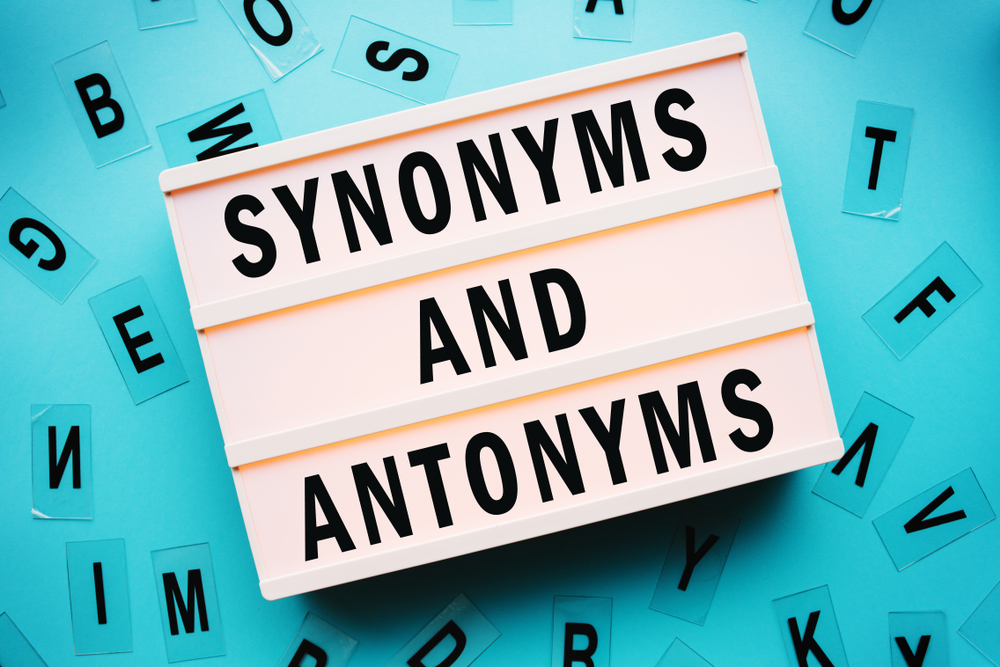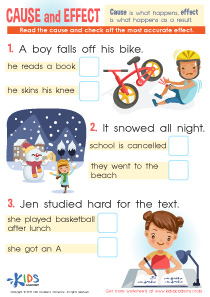Reading practice Normal Reading Non-Fiction Worksheets for Ages 7-8
4 filtered results
-
From - To
Our "Reading Practice: Normal Reading Non-Fiction Worksheets for Ages 7-8" are designed to ignite a love for learning and improve critical reading skills in young learners. These engaging worksheets cover a wide range of non-fiction topics, perfect for curious minds. Each worksheet challenges students to extract key information, enhance their comprehension skills, and develop the ability to summarize and analyze texts. With age-appropriate content, these exercises foster a deeper understanding of the world while adhering to educational standards. Ideal for both classroom and home use, our worksheets make reading practice both effective and enjoyable.


True or False: Turtles Worksheet
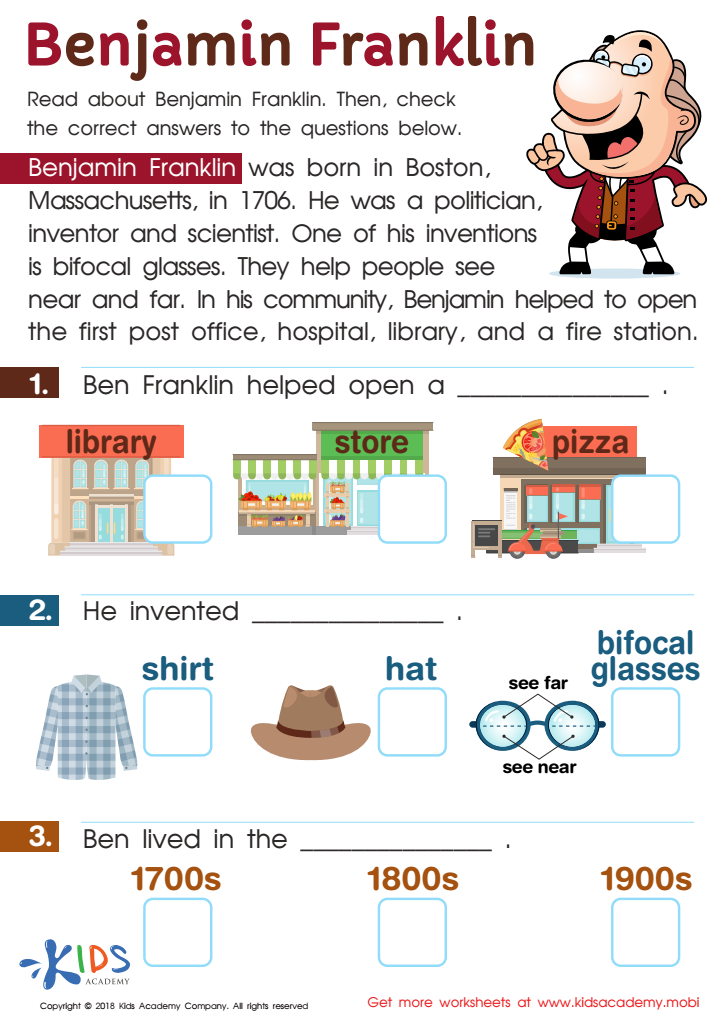

Benjamin Franklin Worksheet
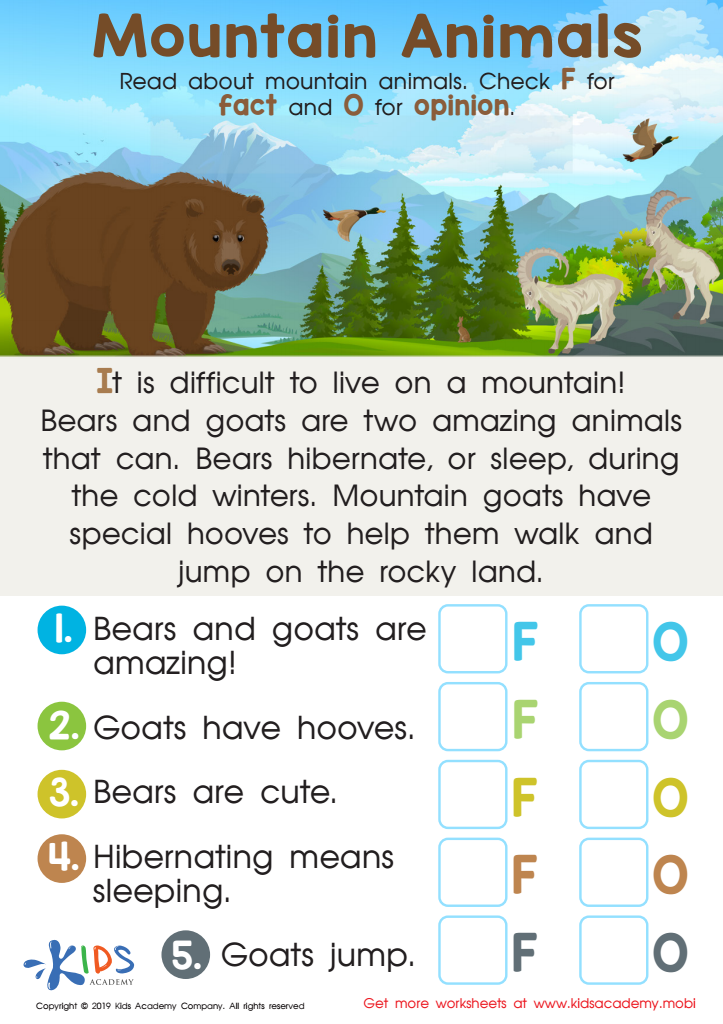

Mountain Animals Worksheet
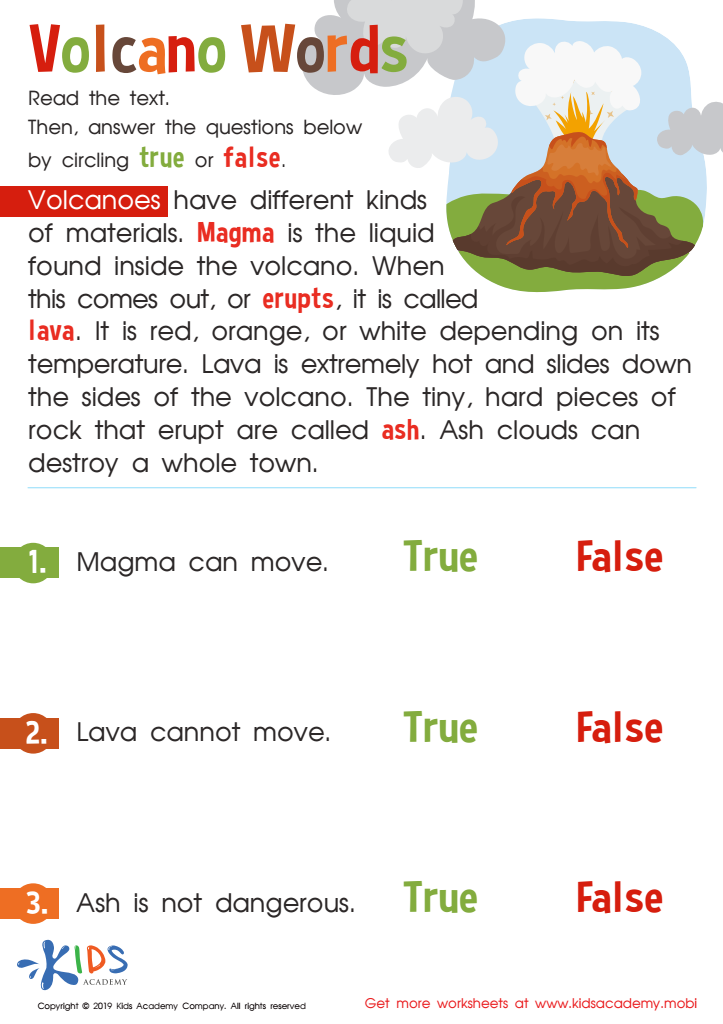

Volcano Words Worksheet
Parents and teachers should emphasize regular reading practice, especially non-fiction, for children ages 7-8, as it fosters critical cognitive and language development during these formative years. Non-fiction introduces children to a world of facts and real-life concepts, expanding their understanding of different subjects such as science, history, and geography. This type of reading nurtures curiosity and encourages a passion for learning about the world around them.
Furthermore, reading non-fiction enhances comprehension skills by exposing children to varied vocabulary and sentence structures. These materials often include charts, graphs, and images that aid in visual literacy, enabling kids to interpret and understand complex information more effectively. Non-fiction reading also helps children develop analytical thinking by encouraging them to distinguish between main ideas and supporting details, make connections, and integrate new knowledge with what they already know.
Regular practice instills good reading habits and improves focus and concentration. These skills are essential not just for academic success, but for life-long learning. By engaging with non-fiction, children also gain a sense of curiosity and wonder that drives them towards non-academic reading in the future, refining a lasting educational foundation. Thus, fostering non-fiction reading at this critical age enriches cognitive development and greatly benefits overall learning outcomes.
 Assign to My Students
Assign to My Students









